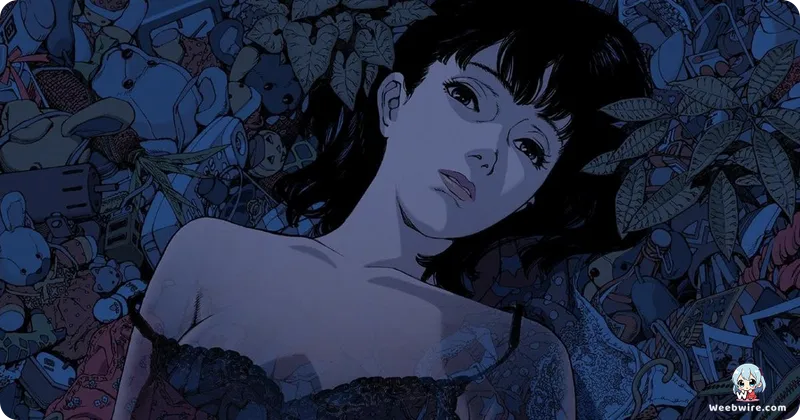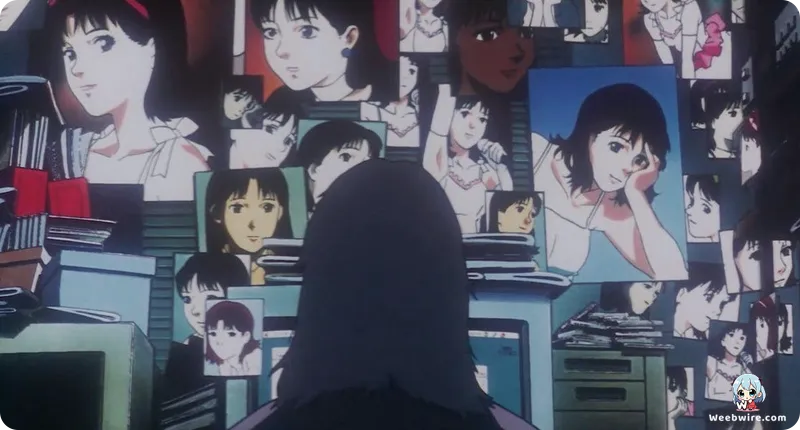Satoshi Kon's 'Perfect Blue': A Deep Dive into the Anime Masterpiece's Chilling Prophecies and Enduring Cinematic Impact

Perfect Blue, the groundbreaking 1998 psychological thriller from visionary director Satoshi Kon, remains a chilling and profoundly influential animated masterpiece. Decades after its release, it continues to captivate audiences by delving into the dark underbelly of celebrity, fragmented identity, and the terrifying erosion of reality, showcasing its enduring genius.
This monumental film marked Satoshi Kon's feature directorial debut, a pivotal step where he radically transformed Yoshikazu Takeuchi's novel, Perfect Blue: Complete Metamorphosis. Kon reshaped the straightforward suspense thriller into a complex, multi-layered narrative. He masterfully crafted a story exploring a young woman's descent into paranoia, blurring the lines between her public persona and private self, elevating animation as a medium for mature, thought-provoking narratives.
A Profound Influence on Western Cinema
Perfect Blue's universal impact is clearly seen in its profound influence on Western cinema. Director Darren Aronofsky's critically acclaimed Black Swan (2010) exhibits striking thematic and visual parallels, with both films exploring the psychological unraveling of a female performer. Aronofsky himself has openly acknowledged the film's inspiration, even acquiring remake rights to study scenes for Requiem for a Dream. This cross-cultural resonance underscores the timeless power of Kon's themes.

Prophetic Glimpse into Internet Culture
Astonishingly, the film also offered a chillingly prophetic glimpse into internet culture and parasocial relationships. Released in 1998, it accurately depicted an invasive online fan page for Mima Kirigoe, foreshadowing the darker aspects of social media, celebrity obsession, and the manipulation of digital identities, making it eerily relevant today.
Kon's narrative structure is a masterful labyrinth, deliberately disorienting the viewer by seamlessly weaving reality, dreams, and hallucinations, creating pervasive unease. Visually, the recurring motif of reflections powerfully symbolizes Mima's fractured identity, a brilliant technique articulating themes of self-discovery and the terrifying loss of self under public scrutiny.
Despite a modest budget, MADHOUSE animators delivered remarkable innovation, focusing on meticulous character animation and atmospheric details to convey profound psychological depth. Perfect Blue remains a lauded cult classic, celebrated for its daring themes, innovative storytelling, and timeless pertinence. It is not merely an anime, but a significant piece of cinematic art that defies genre classifications and is essential viewing for any connoisseur of psychological horror or visual storytelling.
Credits
Perfect Blue
Author
Yoshikazu Takeuchi
Cover Art
Takayuki Goto
Studio
MADHOUSE
Publisher
Kadokawa Shoten
Producers





